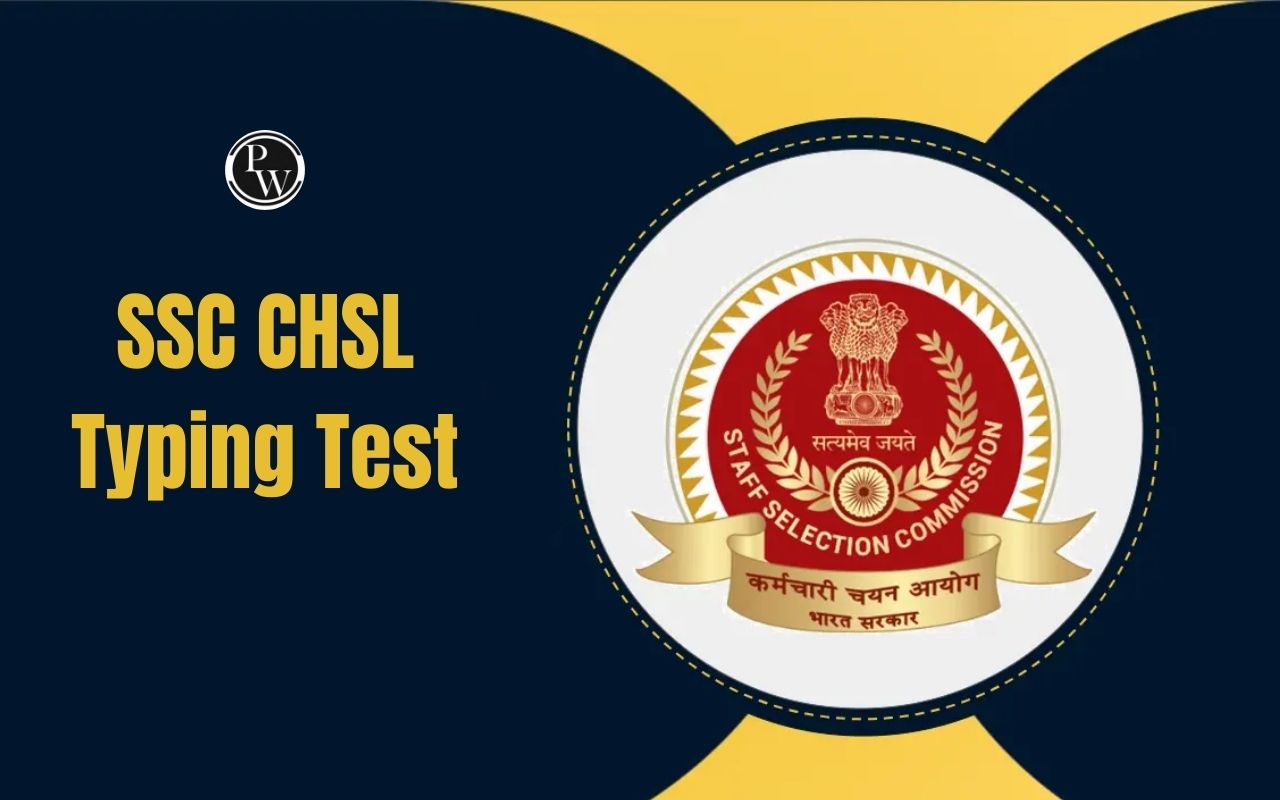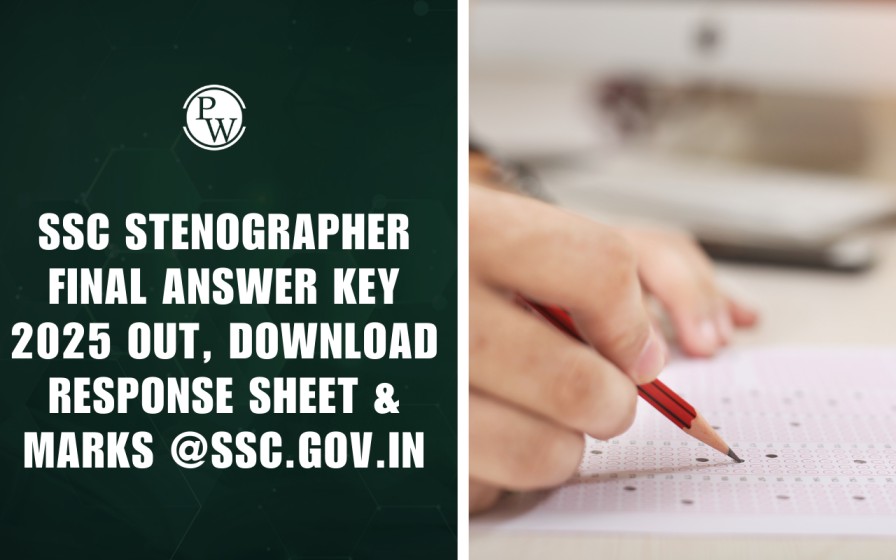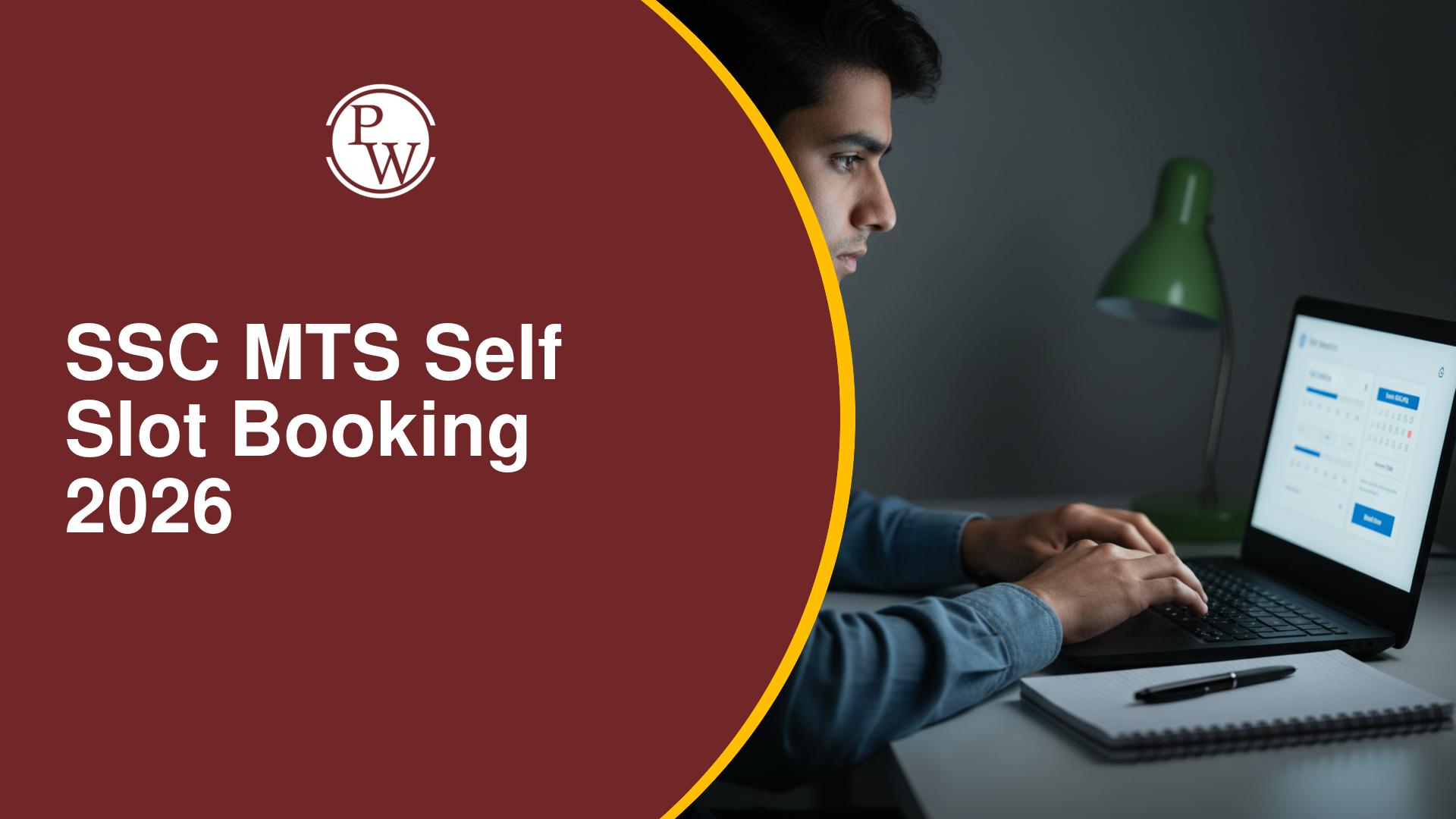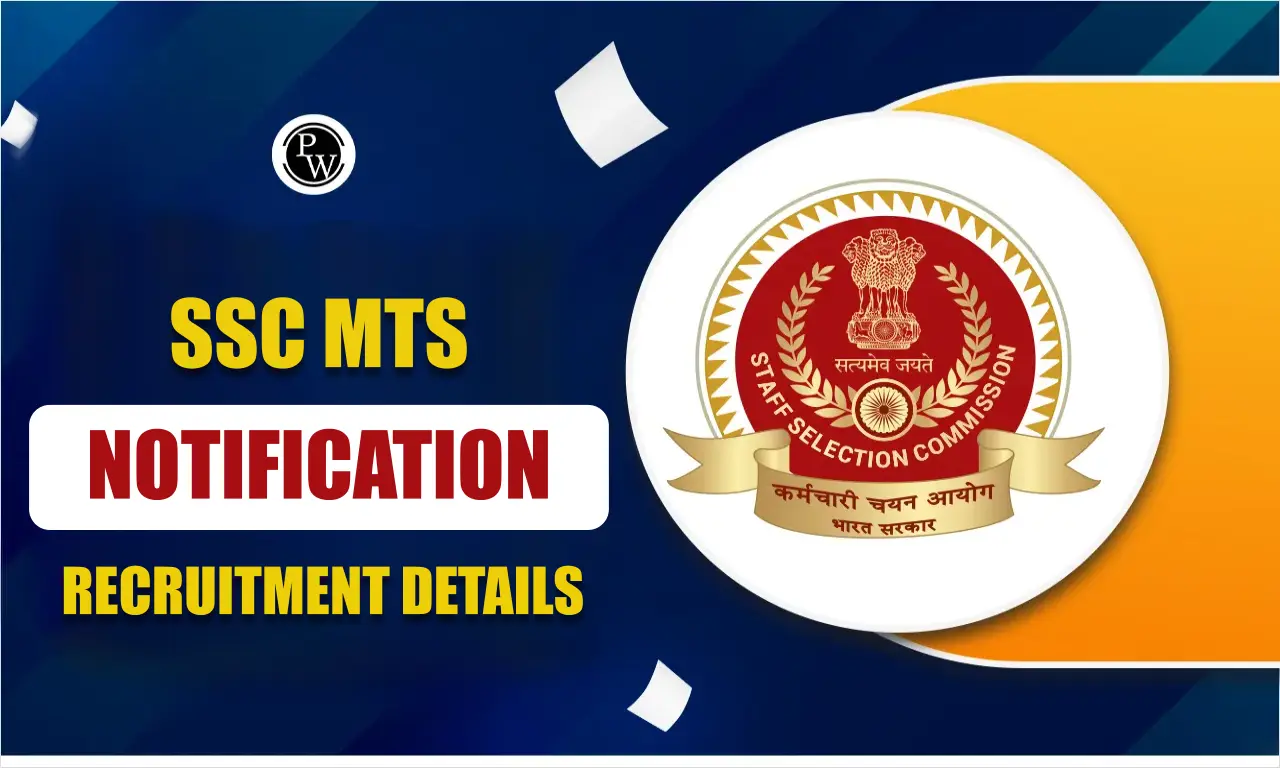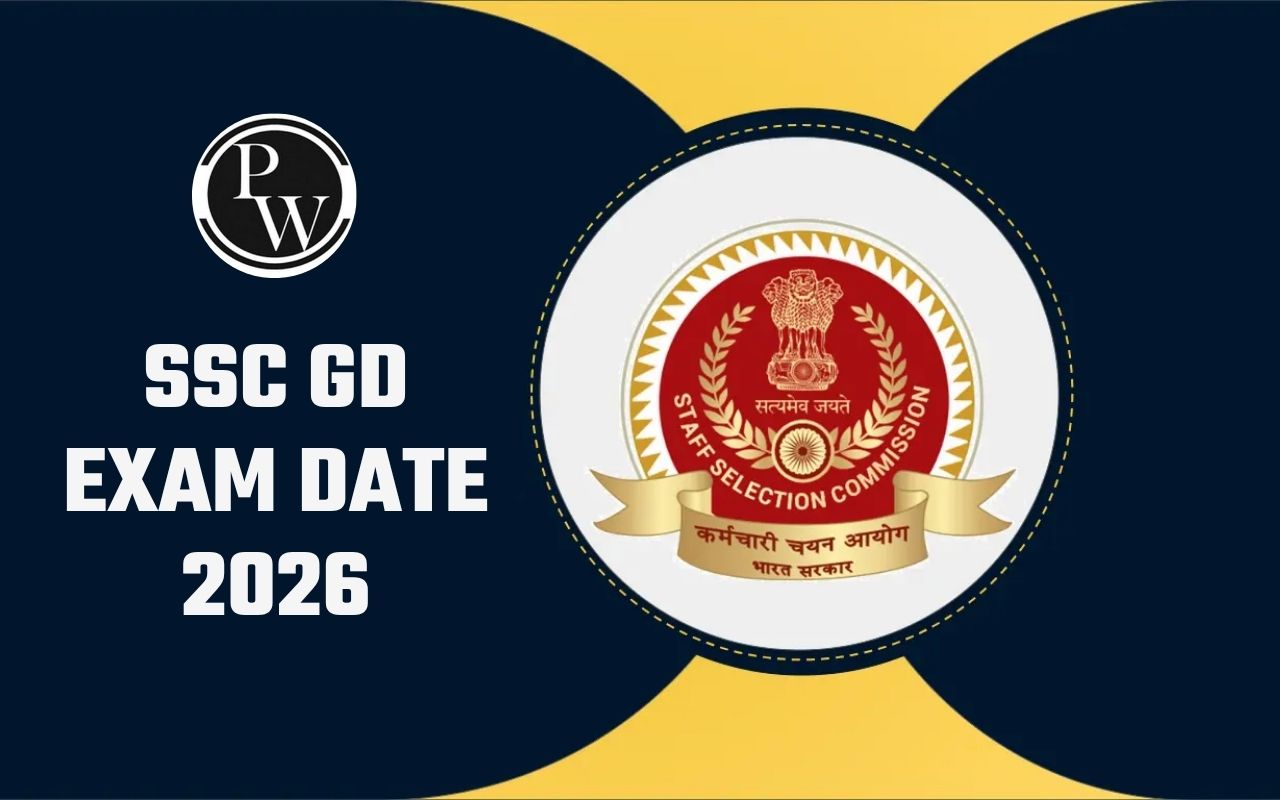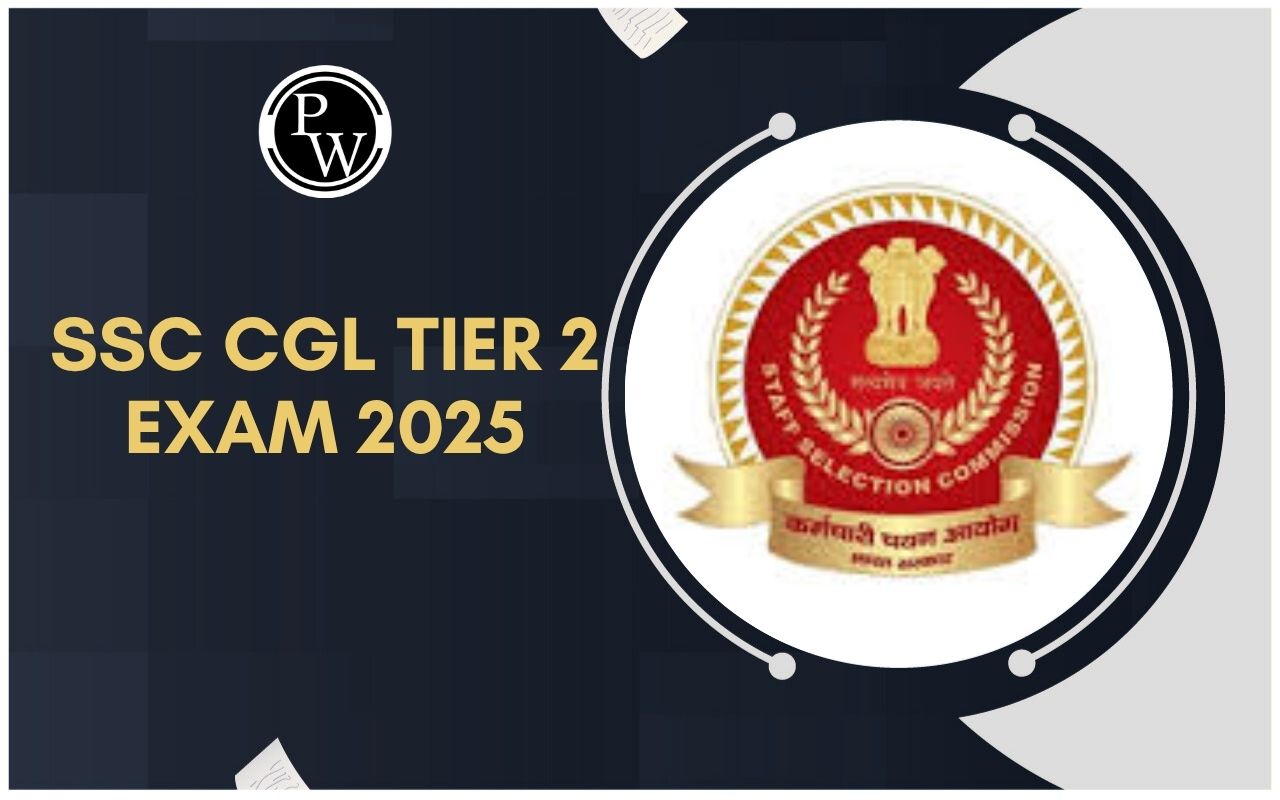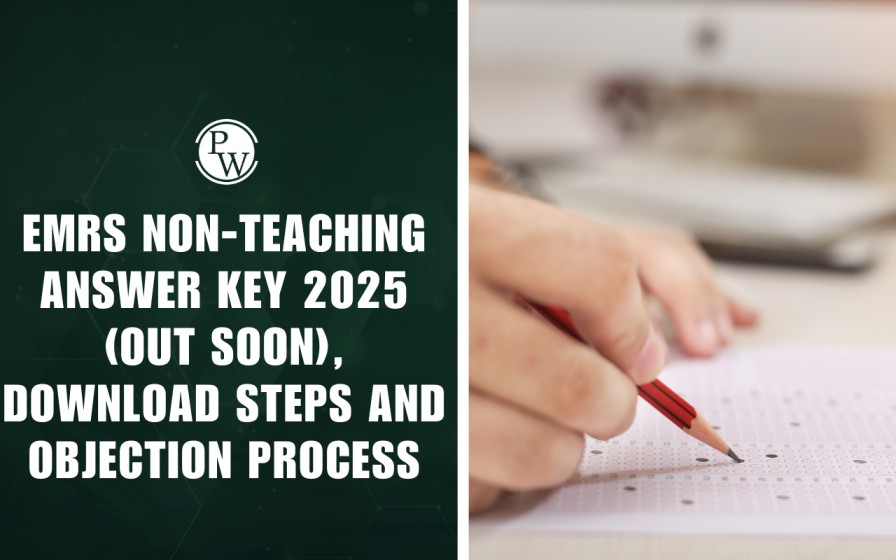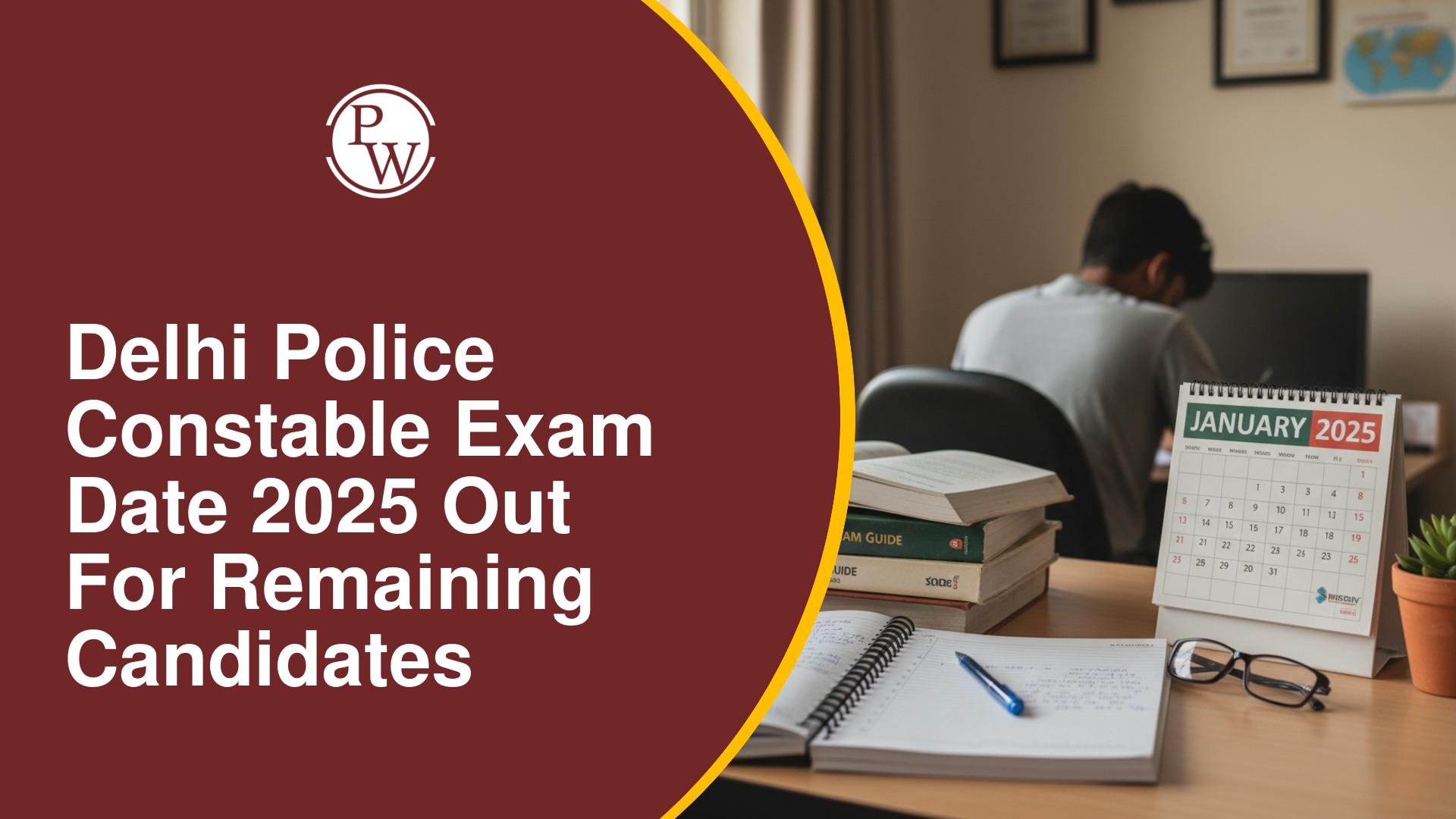
Effective Strategies to Solve SSC Reasoning Puzzles Quickly: Reasoning puzzles in the SSC exams like SSC CGL, CHSL, CPO exams can be challenging, but with the right strategies, you can solve them quickly and accurately. Here's an article on Effective Strategies to Solve SSC Reasoning Puzzles Quickly.
Effective Strategies to Solve SSC Reasoning Puzzles Quickly
Reasoning puzzles come in various forms, each with unique challenges and solution strategies. Understanding the different types is the first step towards mastering them.- Seating Arrangements involve organizing people or objects in a specific order, either in a linear or circular arrangement, based on given conditions.
- Blood Relations questions test your ability to determine relationships between family members based on provided clues.
- Direction Sense puzzles require you to determine directions and distances, often involving movement in different directions.
- Syllogisms involve logical statements and conclusions, where you need to deduce the truth of conclusions from given premises.
- Alphanumeric Series puzzles involve identifying patterns in sequences of numbers, letters, or both.
- Input-Output questions require you to determine the final output after a series of operations on an initial input.
- Data Sufficiency puzzles test your ability to determine if the provided information is sufficient to answer a question.
- Logical Deductions involve drawing conclusions based on given premises, often requiring careful analysis and reasoning.
Develop a Strong Foundation
Before looking into solving puzzles, it's essential to build a strong foundation in basic logical reasoning. Practice Basic Logical Reasoning regularly to strengthen your reasoning skills. Work on simple logic problems, which will help you develop the analytical thinking required for more complex puzzles. Learn Formulas and Shortcuts that are commonly used in reasoning puzzles. Memorizing these can save you significant time during the exam. Understand Question Patterns by familiarizing yourself with the types of questions commonly asked in SSC exams. This will help you quickly identify the approach needed for different puzzles.Step-by-Step Approach to Solving Puzzles
Read the Question Carefully: The first step in solving any reasoning puzzle is to thoroughly read the question. Identify the Type of puzzle you are dealing with, as this will determine your approach. Highlight Key Information by underlining or noting down important details such as positions, directions, relationships, and conditions. This ensures that you do not miss any crucial information while solving the puzzle.
Visualize the Problem: Visualizing the problem can make it easier to solve. Use Diagrams to represent the information visually. For example, draw a circular diagram for circular seating arrangements or a simple map for direction sense puzzles. Create Tables to organize data systematically, especially for puzzles involving multiple conditions and variables. This helps you see the connections between different pieces of information more clearly.
Break Down the Information: Solving reasoning puzzles often involves dealing with a lot of information. Divide and Conquer by breaking the puzzle into smaller parts and solving each part step-by-step. Link Clues by finding connections between different pieces of information. Use initial clues to establish a base and then build upon it. This approach makes complex puzzles more manageable.
Use Elimination Method: The elimination method is a powerful tool in solving reasoning puzzles. Rule Out Possibilities that do not meet the given conditions, which helps narrow down the possible solutions. Check Consistency by ensuring that each piece of information fits consistently with the rest. This step helps verify the accuracy of your solution and avoids errors.
Double-Check Your Work: Before finalizing your answer, it's essential to double-check your work. Verify Conditions by going back and checking if all the conditions given in the question are satisfied. Review Diagrams or tables to ensure they accurately represent the information and solution. This step ensures that your final answer is correct and reduces the chances of making mistakes.
Time Management Tips
Prioritize Easy Questions: Time management is crucial in exams. Identify Quick Wins by starting with questions that seem easier or less time-consuming. This helps build your confidence and ensures you secure marks early on. Skip and Return to complex questions if they seem too time-consuming. Return to them later if you have time, ensuring you attempt as many questions as possible.
Set a Time Limit: Setting a time limit for each puzzle type can help manage your time effectively. Allocate Time by setting specific time limits for each type of puzzle. Stick to these limits to ensure you have enough time for all questions. Use Timers during practice to get used to working under time constraints. This practice helps you develop a sense of timing and improves your speed.
Practice Regularly
Daily Practice: Regular practice is key to mastering reasoning puzzles. Consistent Practice by dedicating time each day to practice different types of reasoning puzzles. This helps you become familiar with various puzzle types and improves your solving speed. Mock Tests are essential for simulating exam conditions and improving your performance. Take regular mock tests to assess your progress and identify areas for improvement.
Analyze Your Performance: Analyzing your performance helps you understand your strengths and weaknesses. Review Mistakes after each practice session or mock test to understand where you went wrong. This helps you avoid similar mistakes in the future. Identify Weak Areas and focus on improving them. Regular analysis and targeted practice can significantly enhance your overall performance.
Utilize Online Resources
Educational Websites and Apps: There are many online resources available for reasoning puzzle practice. Interactive Learning platforms offer interactive puzzles and quizzes that can make learning more engaging. Video Tutorials can provide valuable insights into different solving techniques and strategies. Use these resources to supplement your practice and learn new approaches.
Join Study Groups: Joining study groups can be beneficial for collaborative learning. Collaborate with Peers to discuss puzzles and share solving strategies. This helps you learn from others and gain new perspectives. Learn from Others by benefiting from the experiences and tips shared by other aspirants. Study groups can also provide motivation and support.
Maintain a Positive Attitude
Stay Confident: Confidence plays a crucial role in your performance. Believe in Yourself and your ability to solve puzzles. Confidence helps you approach puzzles with a positive mindset and reduces anxiety. Stay Calm during the exam to think clearly and avoid silly mistakes. A calm and composed mind is essential for effective problem-solving.
Stay Motivated: Staying motivated throughout your preparation is important. Set Goals by setting small, achievable goals for your preparation. Reward yourself for meeting these goals to stay motivated. Visualize Success by imagining yourself successfully solving puzzles and clearing the exam. Positive visualization can boost your motivation and help you stay focused.
Additional Tips
Understand the Instructions: Understanding the instructions is crucial for solving reasoning puzzles accurately. Read Instructions Carefully as each puzzle may have specific instructions. Make sure to read and understand them before attempting the puzzle to avoid mistakes.
Practice Different Variations: Practicing different variations of puzzles prepares you for any type of question in the exam. Variety is Key as it helps you become adaptable and quick in identifying solving strategies for different puzzles.
Use Logical Reasoning Books: Referring to well-known logical reasoning books can provide a various puzzles along with solutions and explanations.
Effective Strategies to Solve SSC Reasoning Puzzles Quickly FAQs
What are the common types of reasoning puzzles in SSC exams?
How can I improve my speed in solving reasoning puzzles?
What are some effective time management tips for reasoning puzzles?
How can I stay motivated and confident during my preparation?

